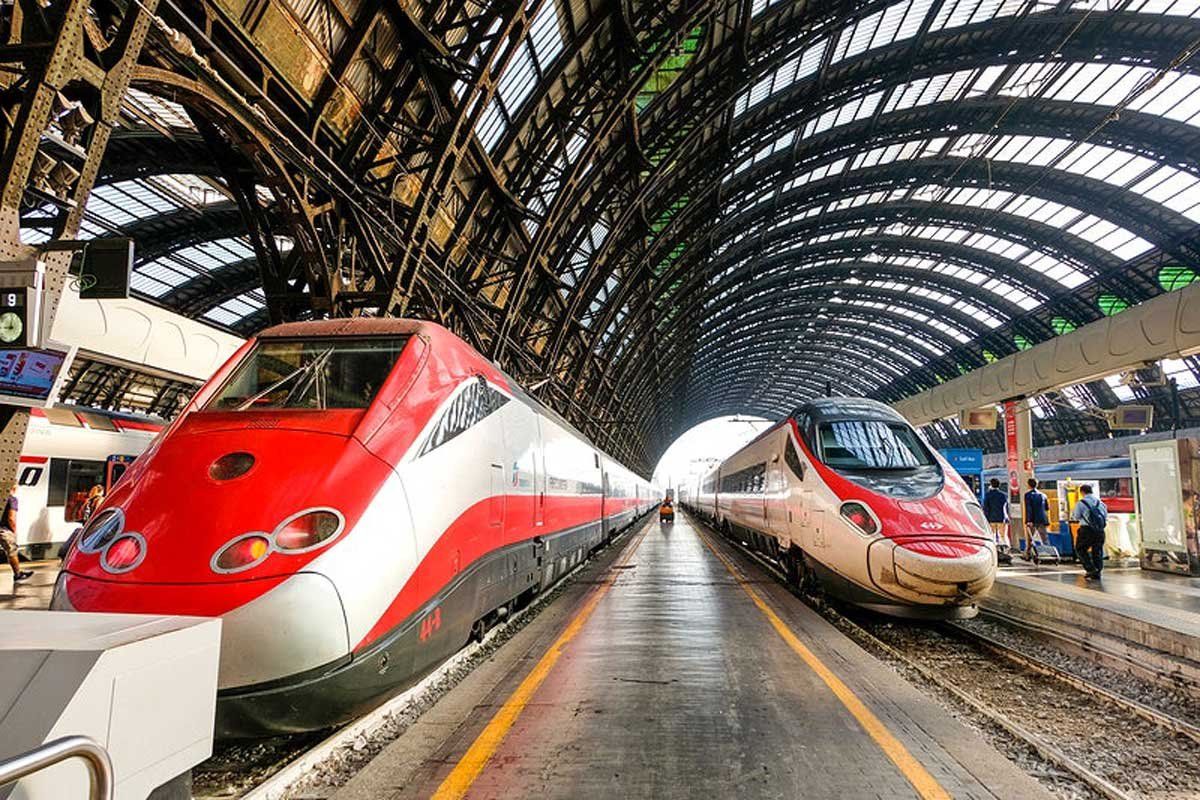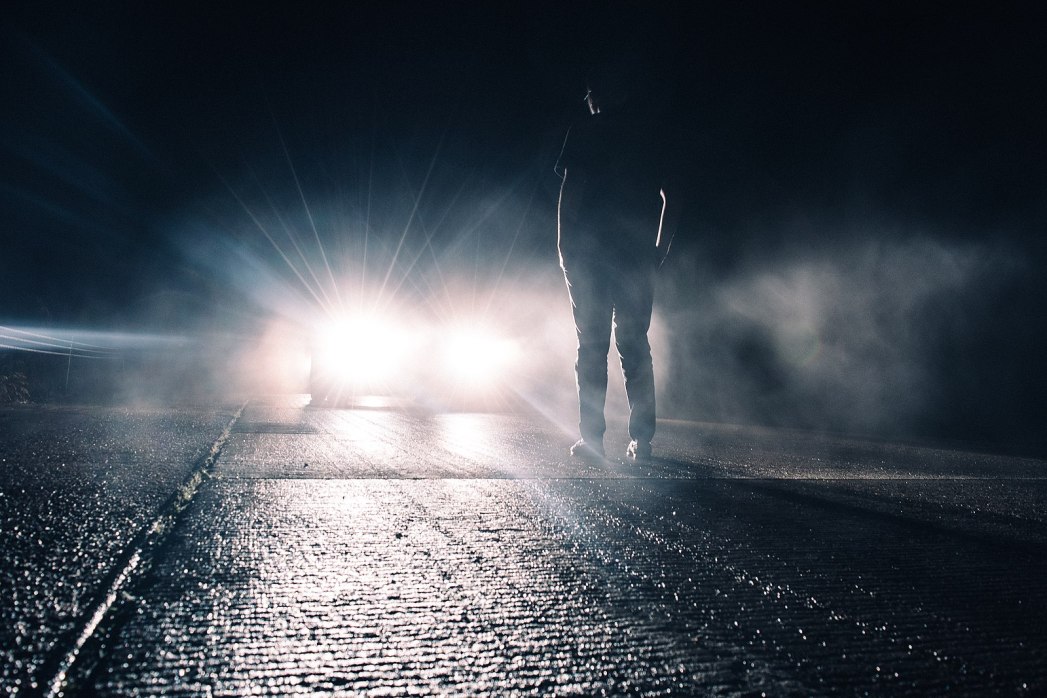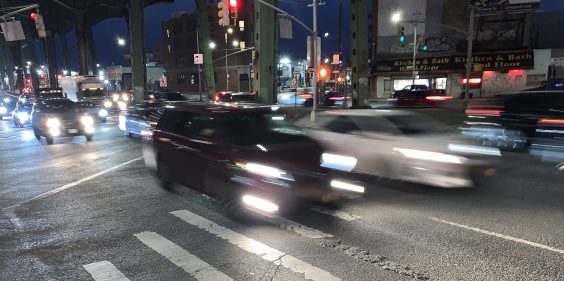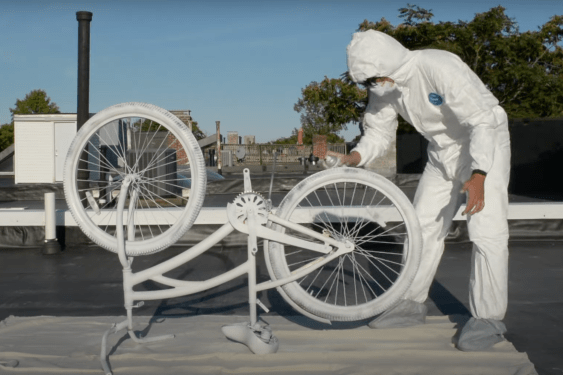This November, Austinites will be asked to vote for a $600 million bond issue to bring a new rail line to the Texas capital. Unfortunately, a lot of local urbanists aren't that enamored with the $1.4 billion Central Corridor plan.

Network blog Carfree Austin has been taking a hard look at the proposal in a four-part series (1, 2, 3 and 4). The gist is that the route would run through a lot of very suburban areas that aren't well-suited for rail service, and where denser development will be tough to build in the future.
Here's Carfree Austin on the pros and cons of the southern leg of the corridor, for example:
What it’s got going for it: There are plenty of apartment buildings. The new ones being built are denser than those they are replacing. Current residents ride transit more than average Austinites.
What it’s got against it: Existing single family neighborhoods are a substantial part of the station areas. They will likely fight against density, constraining transit oriented development to only certain areas. The Grove Dr. station is basically in an open field. (Austin’s first rural rail station will presumably feature the train yard where vehicles will be stored and serviced.) Other station areas have patchy development with large open lots in between. Existing apartment complexes are sparse and surrounded by seas of parking. Dense development can still be car dependent, and the existing density is decidedly not transit-oriented.
The conclusion? There are smarter ways to spend $1.4 billion to make Austin a less car-dependent, more walkable city:
No route in Austin is going to be perfect or even close to perfect. The city has been damaged by decades of near car-dependence, and that will take time to heal. However, there are opportunity costs for every dollar spent. If our goal is to get people out of their cars and getting around via more sustainable and healthy modes, could we spend $1.4 billion more effectively? Maybe completing Austin’s dismal sidewalks would get more people walking and allow them to better access existing transit. It would certainly spread the benefits of such a mammoth investment more evenly. Maybe more frequent bus service with additional dedicated lanes could accomplish more for less. There is a saying about putting all your eggs in one basket. Without support from the state government, and with limited federal funds to go around there just aren’t that many eggs. Prop. 1 indeed asks Austin voters to put all of our transit eggs in the central corridor basket. This line is not good enough for that kind of high stakes bet.
Elsewhere on the Network today: Forward Lookout says a proposed constitutional amendment to "protect" Wisconsin's transportation funds is unnecessary, given how general taxpayer dollars have subsidized roads recently. Notes for the Underground issues an admirable manifesto on how a regional planning agency should operate. And Delaware Bikes reports that a driver who killed a young cyclist and then fled the scene may escape jail time entirely even if convicted of criminally negligent homicide.




